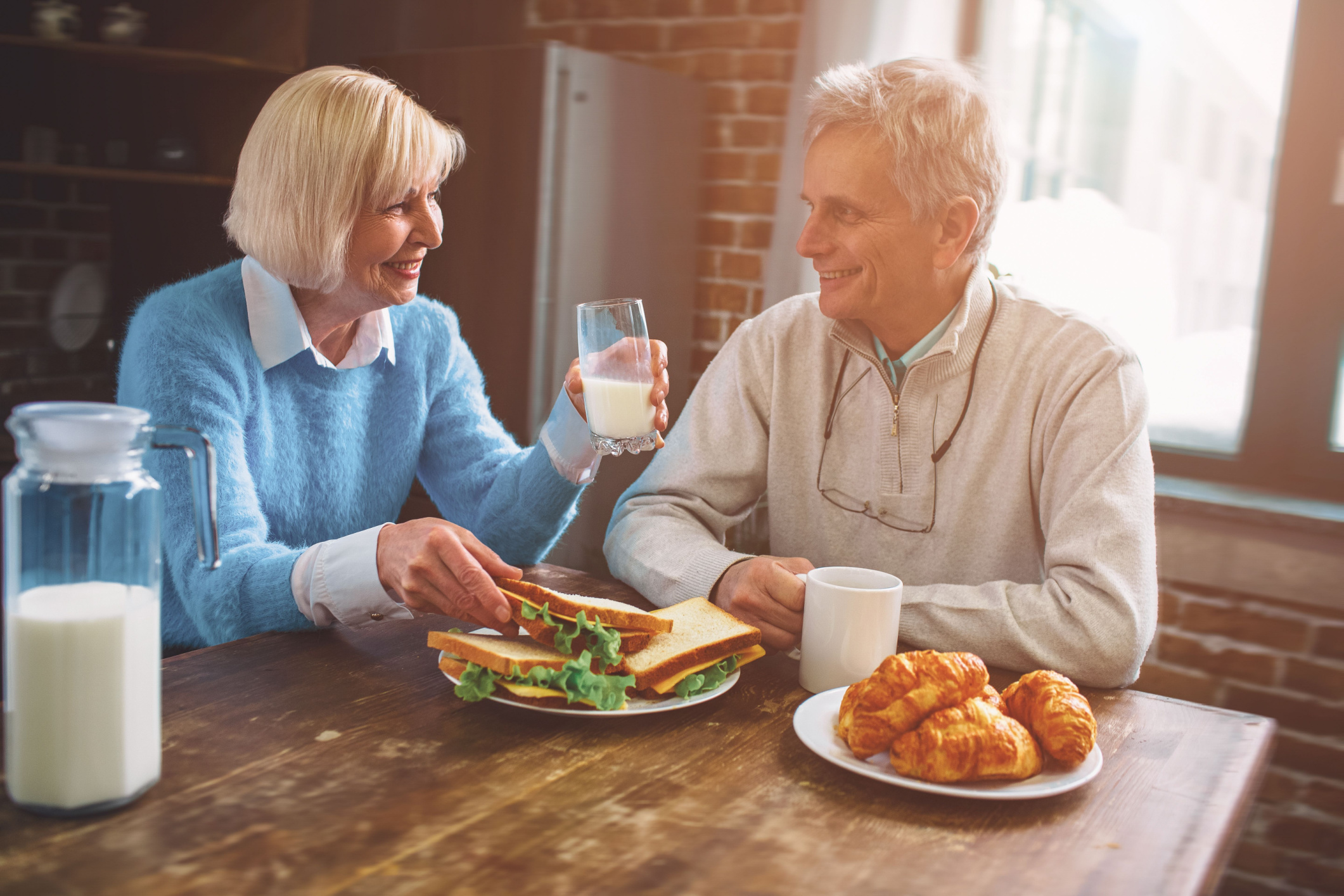
Our bones are living tissue that are constantly in a state of renewal, which makes looking after them an ever-growing task – but it’s never too late to make healthy bone habits!
Bone health is particularly important for women over 50 as this demographic experiences a drop in oestrogen levels during and post-menopause, resulting in increased bone loss and osteoporosis.
Bone health has been a common research topic in recent years. A recent trial suggested Australia’s health and aged care systems could save about $66 million a year if residents upped their intake of dairy and protein.
The trial showed that increasing servings of dairy from an average of 2 to 3.5 servings per day resulted in:
So, how can older people improve bone strength and secure the longevity of their bones?
An annual Dairy Australia survey showed 90% of Australian women over 50 agree that dairy is good for bones, but only 9% of those surveyed were aware that the amount of dairy they need jumps up to four serves per day at this age.
The human body relies on calcium for nerve function and blood clotting. It also aids muscle contractions, our skeletal muscle, our smooth muscle and our cardiac myocytes – critical muscle cells found within your heart.
But when there isn’t enough calcium in our blood to be delivered to all the places in our body that need it, signals go to the bones themselves to release calcium so it is available to the rest of the body – making the bones weak. This is called bone resorption.
Consuming enough calcium in our diet allows our bones to remodel, putting the extra calcium – combined with phosphate to make a compound called hydroxyapatite – back into the bone to be stored for next time.
For older people and women over 50 especially, the Australian Dietary Guidelines recommend increasing the daily dairy intake from 2.5 to 4 servings every day. That could be adding a 200g tub of yoghurt (one serving) and a 20g slice of cheese (half serving) to your daily diet.
Calcitriol, the active form of Vitamin D, manages the transporters that absorb calcium in your gut and reabsorb it in your kidney. We need Vitamin D to draw the calcium you eat into your blood to then go where it is needed.
We luckily live in Australia, which experiences high levels of sunshine, but you could lack Vitamin D if you’re inside all day like a lot of aged care residents.
Safely exposing your arms and face to 10 minutes of sun a day is all that is needed to get enough. Be sure to use sunscreen!
We’ve all heard this one: use it or lose it. We typically associate this with muscle building but it is certainly the case for bone preservation too.
Weight-bearing exercise is another easy way to increase peak bone mass. But why that specific type of exercise?
Well, cellular responses in your body are caused when mechanotransduction happens – which is when cells take physical forces and convert them into biochemical signals.
In bones, the physical force of stress from lifting something heaving or compression from striking the ground during a running stride tells the cells to build more bone. This is particularly important for older women post-menopause.
Walking or swimming doesn’t cause any mechanotransduction so consider jogging or weight machines if possible. You only need a few 30-minute sessions a week to make a difference.
Do you have recipes that promote a high-intake of dairy? Share them in the comments!